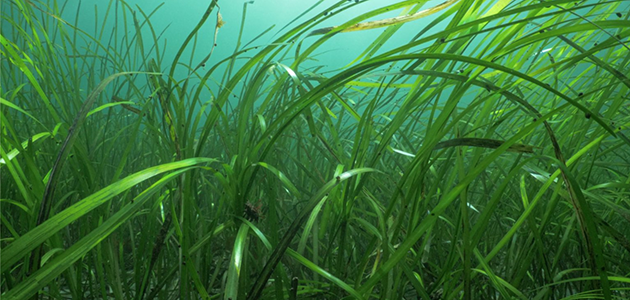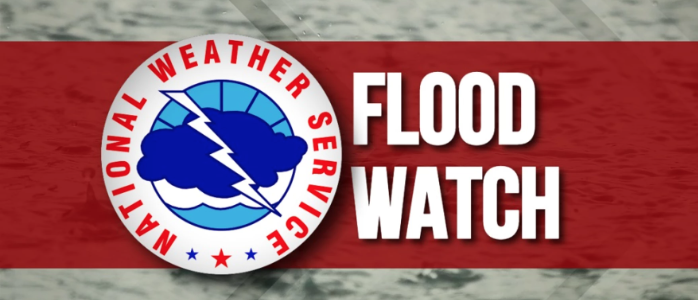||| FROM ALEXANDRA GAYEK |||
Our own local star Joe Gaydos, Science Director of the SeaDoc Society, narrates a fascinating short video in this Cornell University article about the important role of seagrass meadows (which includes our local eelgrass) in filtering human pathogens from the water and keeping shellfish safe to eat for humans as well as for the wild, non-human county residents that make up our coastal biodiversity.
Check out the SeaDoc Society and sign up for their newsletter here: https://www.seadocsociety.org
Friends of the San Juans is promoting eelgrass protection as part of its “Green Boater” program. You can download a map of the eelgrass beds around our islands, and spread the word among boater friends to avoid anchoring in the eelgrass meadows, stay 1000 yds from whales, minimize wakes, avoid fuel spills and marine dumping, and take the “Green Boater Pledge.” The eelgrass map and other info about what you can do to support our marine and shoreline ecosystems are here:
**If you are reading theOrcasonian for free, thank your fellow islanders. If you would like to support theOrcasonian CLICK HERE to set your modestly-priced, voluntary subscription. Otherwise, no worries; we’re happy to share with you.**







Thank you Alexandra, for reminding us about eelgrass protection. I attended a presentation years ago at Rosario in which I learned a bit about eelgrass.. For example that it was used, at least on the east coast as an early house insulation and as animal bedding, like straw in a barn. There was even a sample of the insulation: an ellgrass stuffed ‘sandwich’ with (?) paper holding it together, much like ‘modern’ fiberglass insulation in a paper case. Artifacts included an antique commercial advertisement recommending ellgrass insulation for ” keeping your home warm in the winter.” The speaker mentioned that it is fine to gather the dry eelgrass found on the beach for use as garden mulch, but to please not harvest live eelgrass from the beds, where it protects small bottom dwellers from predation. I don’t remember mention of the eelgrass working as filter for human pathogens, but that is further reason for not damaging the beds. Before that, while traveling in the Aran Island off the coast of Ireland, I saw the small garden beds with stone walls filled with eelgrass as well as active harvesting. Big piles of fresh eelgrass being forked into trucks and wagon on the concrete docks. Don’t know if those practices have changed with more knowledge about caring for what is left of our planet.